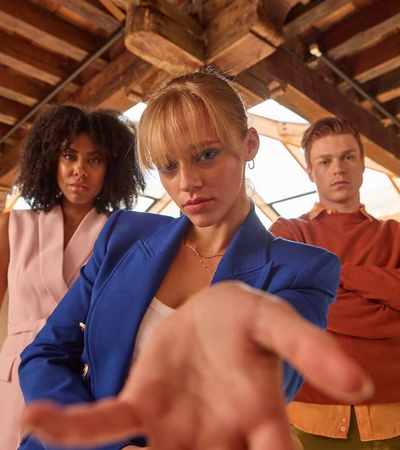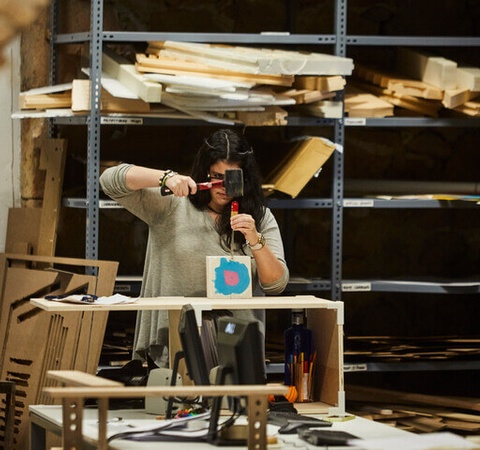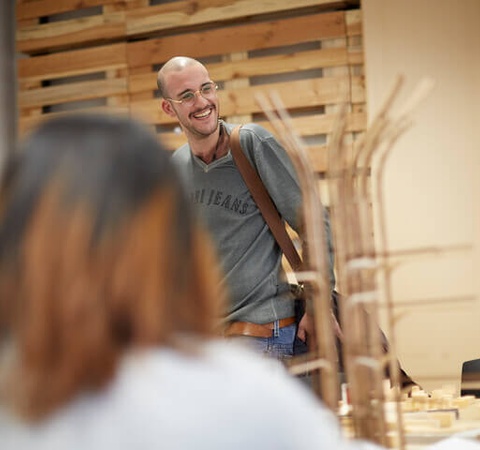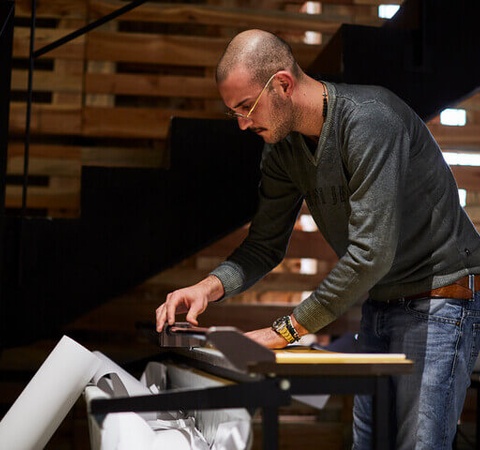Scroll down
Programs of IE School of Architecture and Design
Programs of IE School of Architecture and Design
BACHELOR'S Degrees
BACHELOR'S Degrees
Master's Degrees
Master's Degrees
Master's dual Degrees
Master's dual Degrees
Diplomas and Certificates
Diplomas and Certificates



